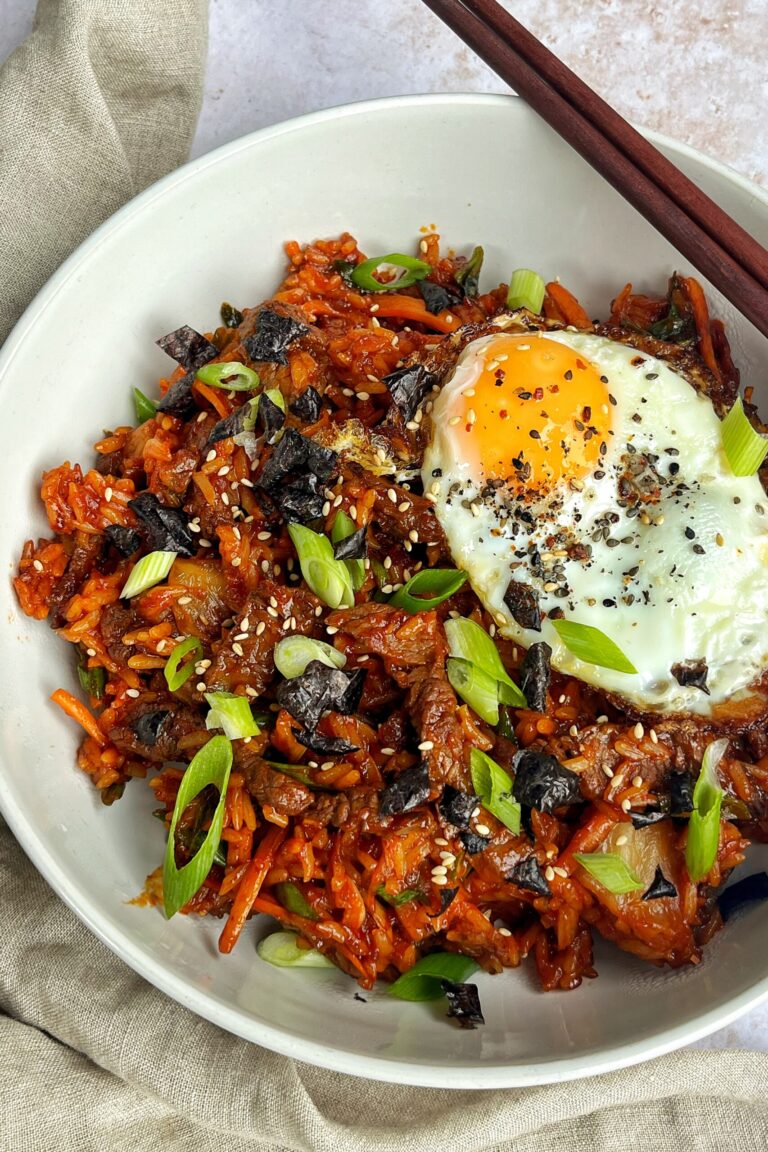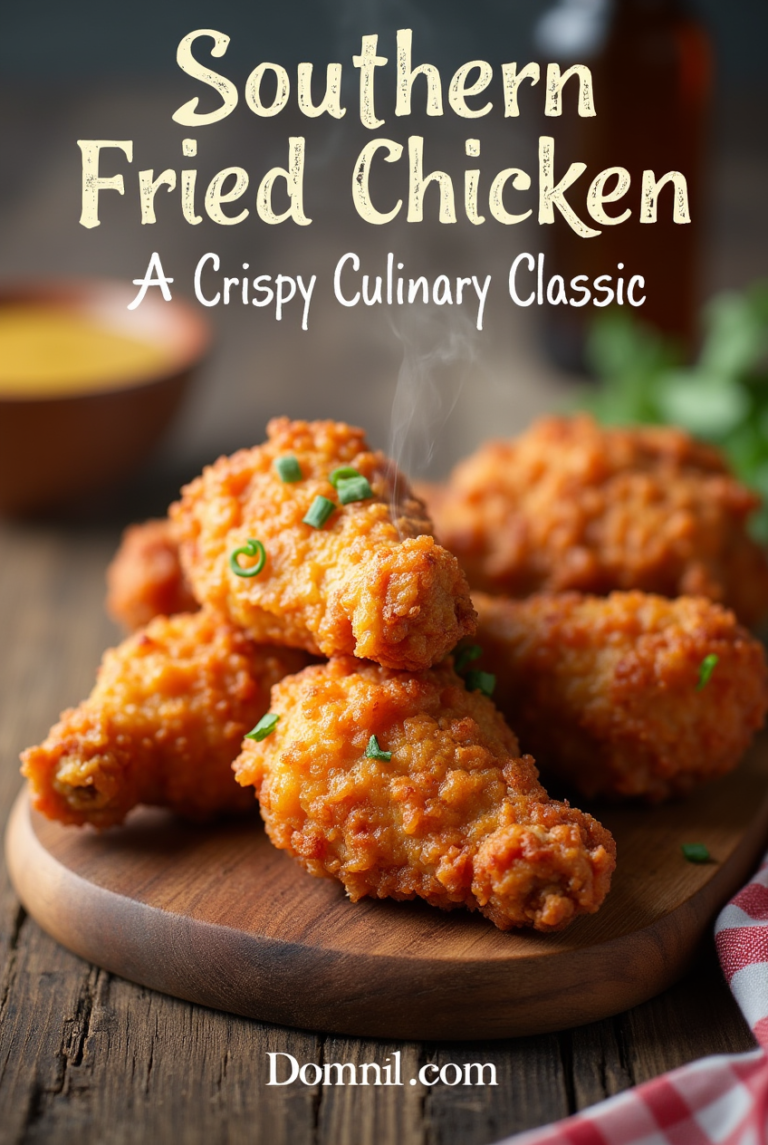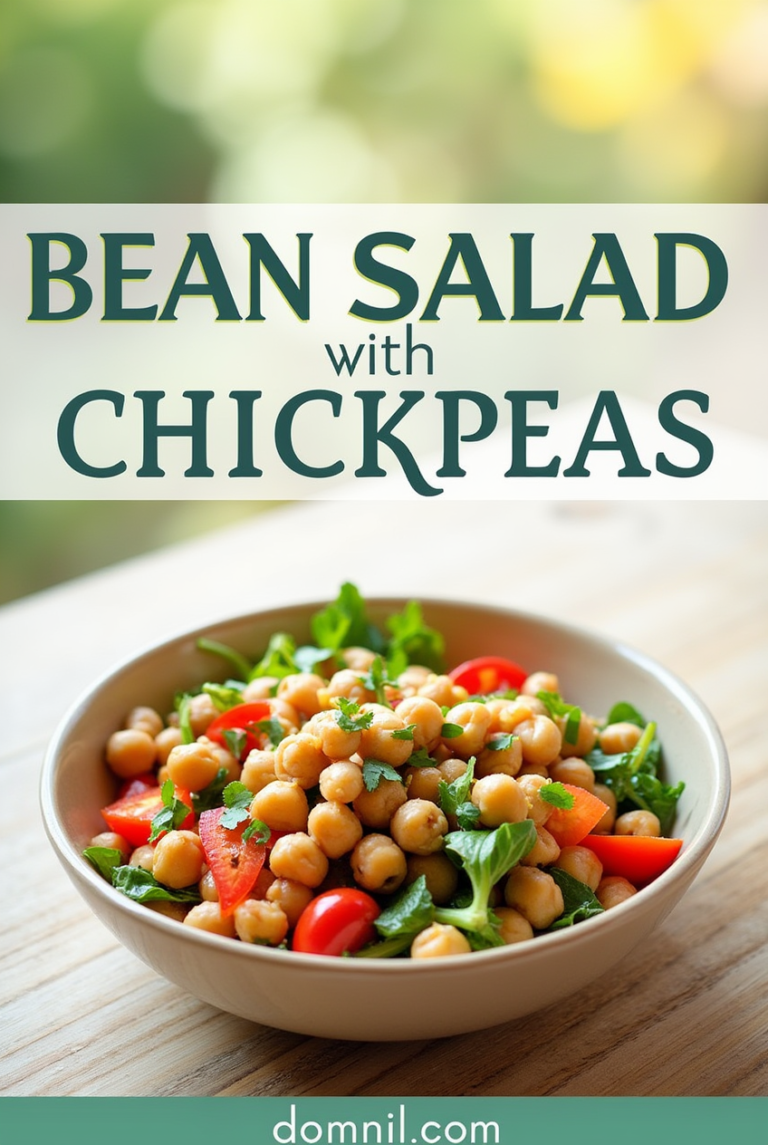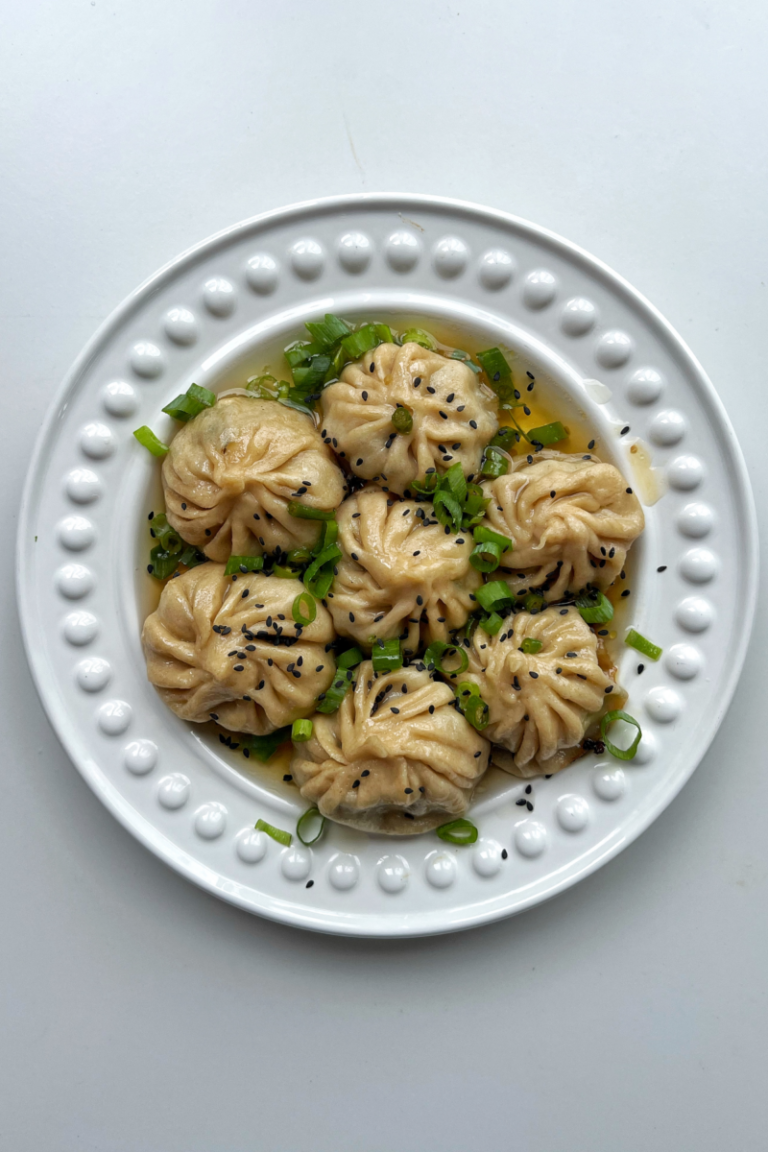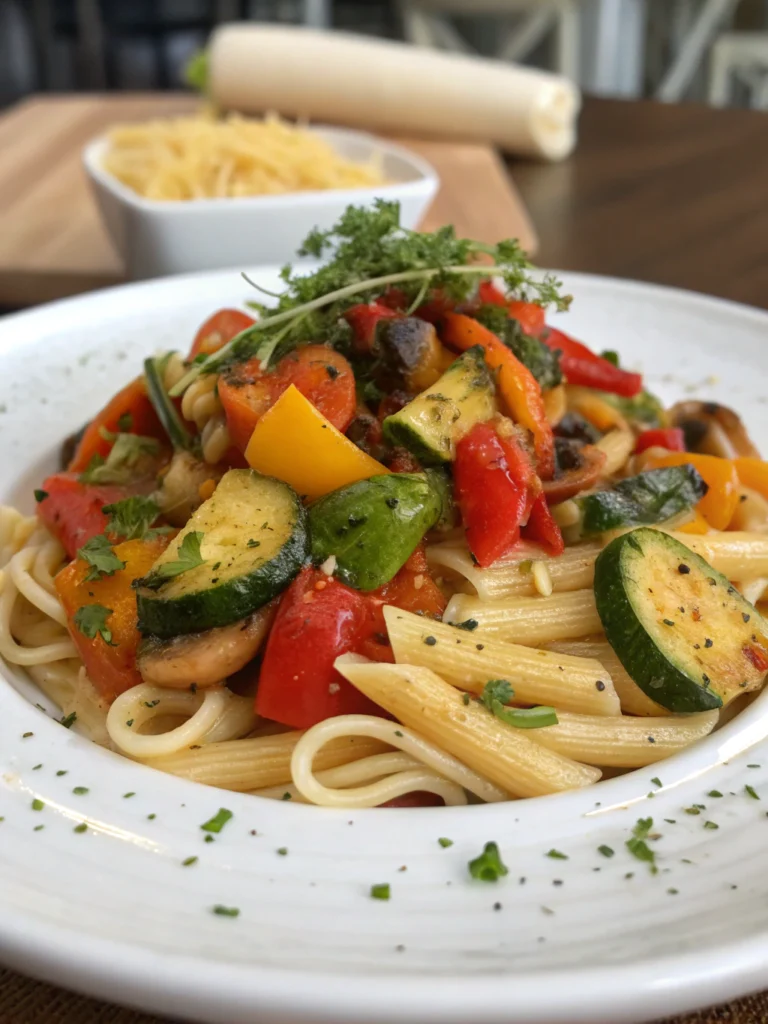Cinco de Mayo: History, Celebrations, and Authentic Mexican Recipes
Colorful decorations, lively music, traditional dances, and mouthwatering Mexican cuisine—these are the hallmarks of Cinco de Mayo celebrations that have gained popularity across the United States and beyond. But beyond the festivities lies a rich history and cultural significance that many celebrants may not fully understand. This comprehensive guide delves into the true meaning of Cinco de Mayo, its historical context, how it’s celebrated today, and authentic Mexican recipes to help you commemorate this occasion with respect and appreciation.
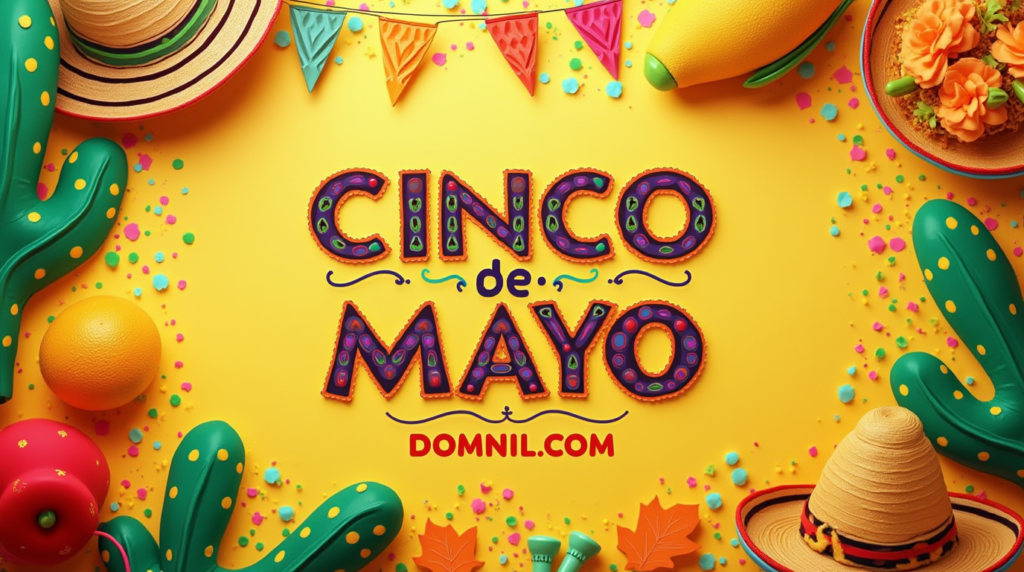
The True History of Cinco de Mayo
Not Mexican Independence Day
Contrary to popular belief, Cinco de Mayo is not Mexican Independence Day (which is actually celebrated on September 16). Instead, Cinco de Mayo—the fifth of May—commemorates the Mexican army’s victory over the French Empire at the Battle of Puebla on May 5, 1862, under the leadership of General Ignacio Zaragoza.
The Battle of Puebla
In the early 1860s, Mexico was in financial ruin following years of internal strife and the Mexican-American War. When President Benito Juárez suspended debt payments to foreign countries, France, Britain, and Spain sent naval forces to Veracruz to demand reimbursement. While Britain and Spain negotiated and withdrew, France, ruled by Napoleon III, decided to use this opportunity to establish an empire in Mexico.
Despite being vastly outnumbered and poorly equipped, the Mexican forces achieved an unexpected victory against the French at Puebla. Although France eventually captured Mexico City and installed Maximilian I as emperor, the Battle of Puebla became a symbol of Mexican resistance and determination against foreign domination.
Cultural Significance
In Mexico, Cinco de Mayo is primarily celebrated in the state of Puebla, with moderate recognition throughout the country. However, it has evolved into a much larger celebration in the United States, where it serves as a day to celebrate Mexican culture, heritage, and pride, particularly among Mexican-American communities.
Modern Celebrations
In Mexico
In Puebla, the day is marked with military parades, recreations of the battle, and other festivities. Throughout Mexico, it’s recognized but not observed as a national holiday, and celebrations are generally more subdued compared to those in the United States.
In the United States
Cinco de Mayo has grown into a significant cultural event in the U.S., featuring:
- Mexican food and drink festivals
- Parades and street fairs
- Mariachi music performances
- Traditional folk dancing
- Educational events about Mexican heritage
- Special menus in restaurants
- Community gatherings
Authentic Mexican Recipes for Cinco de Mayo
Chiles en Nogada
This patriotic dish displays the colors of the Mexican flag: green (poblano chiles), white (walnut sauce), and red (pomegranate seeds).
Ingredients:
- 8 large poblano chiles
- 1 lb ground pork
- 1 small onion, finely chopped
- 2 cloves garlic, minced
- 1 apple, peeled and diced
- 1 pear, peeled and diced
- 2 tbsp butter
- ¼ cup raisins
- ¼ cup blanched almonds, chopped
- 1 tsp cinnamon
- Salt and pepper to taste
- Seeds from 1 pomegranate
For the walnut sauce:
- 2 cups walnuts, soaked overnight in water
- 1 cup Mexican crema or heavy cream
- 4 oz goat cheese
- 2 tbsp sugar
- ¼ tsp cinnamon
- Pinch of salt
Method:
- Roast poblano chiles over an open flame until skin blisters. Place in a plastic bag for 10 minutes, then peel, make a slit, and carefully remove seeds.
- In a large skillet, sauté onion and garlic in butter until translucent. Add ground pork and cook until browned.
- Add diced fruits, raisins, and almonds. Season with cinnamon, salt, and pepper. Cook for 10-15 minutes, then let cool.
- For the sauce, drain and peel walnuts. Blend with cream, goat cheese, sugar, cinnamon, and salt until smooth.
- Fill each chile with meat mixture, place on a plate, cover with walnut sauce, and sprinkle with pomegranate seeds.
Mole Poblano
Originating from Puebla, this complex sauce combines chocolate with chiles and spices.
Ingredients:
- 6 dried ancho chiles
- 4 dried guajillo chiles
- ¼ cup sesame seeds
- ¼ cup pumpkin seeds
- ¼ cup almonds
- 2 corn tortillas, torn into pieces
- 1 tomato, roasted
- 1 tomatillo, husked and roasted
- 1 onion, quartered and roasted
- 4 garlic cloves, roasted
- ¼ cup raisins
- 1 cinnamon stick
- 2 whole cloves
- ¼ tsp anise seeds
- ¼ tsp coriander seeds
- 2 oz Mexican chocolate, chopped
- 4 cups chicken broth
- 2 tbsp lard or vegetable oil
- Salt to taste
- Sugar to taste (if needed)
Method:
- Remove stems and seeds from dried chiles. Toast briefly in a dry skillet.
- In the same skillet, toast sesame seeds, pumpkin seeds, and almonds until golden.
- Fry tortilla pieces until crisp.
- In a blender, combine chiles, seeds, nuts, tortillas, roasted vegetables, raisins, and spices with enough chicken broth to make a smooth paste.
- Heat lard in a large pot over medium heat. Strain the chile mixture into the pot, stirring constantly to prevent burning.
- Add remaining broth and chocolate. Simmer for 30-45 minutes, stirring occasionally until thickened.
- Season with salt and sugar if needed.
- Serve over cooked chicken or turkey.
Chalupas Poblanas
A street food specialty from Puebla featuring small, thick tortillas topped with salsa, shredded meat, and onions.
Ingredients:
- 2 cups masa harina
- 1¼ cups warm water
- ½ tsp salt
- Vegetable oil for frying
- 2 cups shredded chicken or pork
- 1 cup green salsa (made from tomatillos, jalapeños, cilantro, and garlic)
- 1 cup red salsa (made from tomatoes, chipotle peppers, and garlic)
- ½ cup white onion, finely diced
- ⅓ cup queso fresco, crumbled
- Cilantro for garnish
Method:
- Mix masa harina, water, and salt to form a smooth dough. Cover and let rest for 30 minutes.
- Divide dough into 16 balls. Press each between plastic sheets or use a tortilla press to form small, thick tortillas (about 3 inches across).
- Cook tortillas on a hot comal or skillet for about 1 minute per side, until edges begin to dry.
- Heat oil in a skillet. Quickly fry each tortilla until edges crisp but center remains somewhat soft.
- Drain on paper towels.
- Top half the chalupas with green salsa and half with red salsa.
- Add shredded meat, diced onion, crumbled queso fresco, and cilantro.
- Serve immediately while still warm.
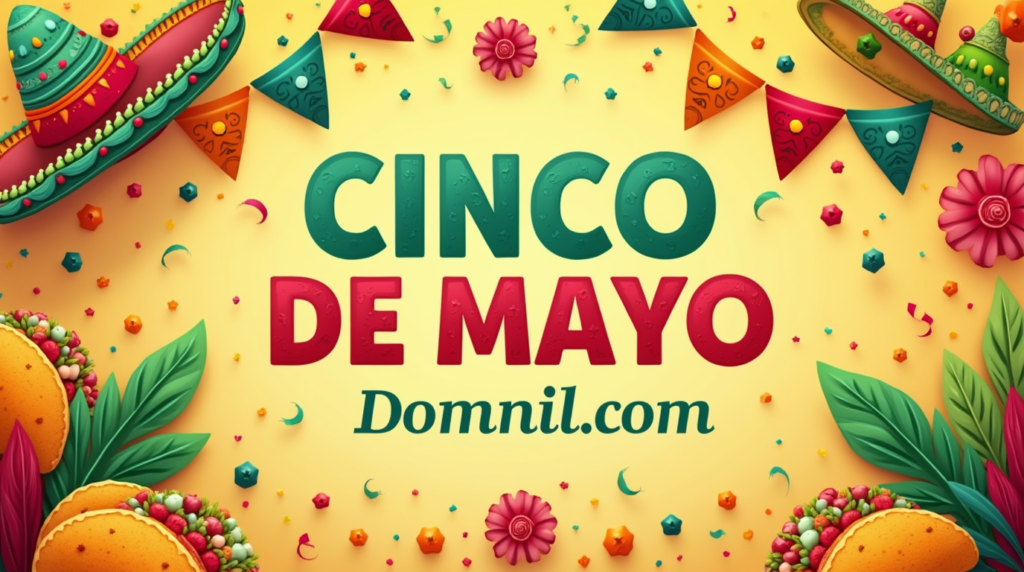
Agua de Jamaica (Hibiscus Tea)
A refreshing beverage commonly served during celebrations.
Ingredients:
- 2 cups dried hibiscus flowers
- 8 cups water
- 1 cup sugar (adjust to taste)
- 1 cinnamon stick
- 2-3 whole cloves
- Lime slices and ice for serving
Method:
- Bring water to a boil with cinnamon stick and cloves.
- Add hibiscus flowers, reduce heat, and simmer for 10 minutes.
- Remove from heat, add sugar, and stir until dissolved.
- Let steep for 2 hours, then strain into a pitcher.
- Refrigerate until cold.
- Serve over ice with lime slices.
Celebrating Respectfully
While Cinco de Mayo has evolved into a festive occasion, particularly in the United States, it’s important to approach celebrations with cultural sensitivity and respect. Here are some guidelines:
Do:
- Learn about the historical significance of the day
- Support authentic Mexican restaurants and businesses
- Explore genuine Mexican culture through food, music, and art
- Acknowledge the contributions of Mexican-Americans to society
Avoid:
- Stereotypical costumes or caricatures
- Referring to it as “Mexican Independence Day”
- Using the day as just an excuse for excessive drinking
- Reducing Mexican culture to sombreros and mustaches
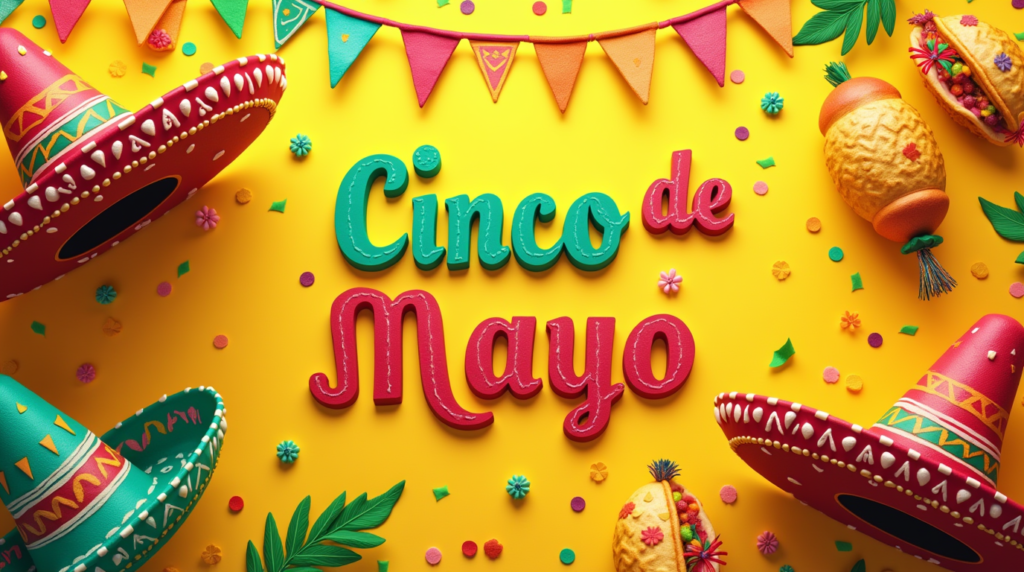
Conclusion
Cinco de Mayo represents more than just a day for festivities—it’s a commemoration of Mexican resilience, cultural pride, and historical significance. By understanding its true origins and celebrating with authentic food, music, and traditions, we honor the rich cultural heritage behind the occasion. Whether you’re of Mexican descent or simply appreciate Mexican culture, Cinco de Mayo offers an opportunity to recognize and celebrate the vibrant contributions of Mexico to our global community.
Frequently Asked Questions
Is Cinco de Mayo widely celebrated in Mexico?
Contrary to popular belief, Cinco de Mayo is not a federal holiday in Mexico and is primarily celebrated in the state of Puebla. The celebrations in the United States are often more elaborate than those in Mexico.
Why did the Battle of Puebla become so significant?
The battle represented an unlikely victory against a superior military force and became a symbol of Mexican resistance against foreign intervention. It boosted morale during a difficult period in Mexican history.
When did Cinco de Mayo become popular in the United States?
The holiday gained popularity in the United States during the 1960s, partly through Chicano activists who identified with the victory as a symbol of resistance. Its commercial popularity grew significantly in the 1980s and 1990s.
What are some traditional Cinco de Mayo activities?
Authentic celebrations include military parades, battle reenactments, traditional dancing, mariachi performances, and special regional foods, particularly those from Puebla.
How can educators use Cinco de Mayo as a teaching opportunity?
Teachers can use the occasion to explore Mexican history, discuss cultural exchange and appreciation versus appropriation, and highlight the contributions of Mexican-Americans to society.
Are there regional variations in how Cinco de Mayo is celebrated?
Yes, celebrations vary widely. In Puebla, the focus is on historical commemoration, while in the United States, different regions emphasize various aspects of Mexican culture based on their local Mexican-American communities.


